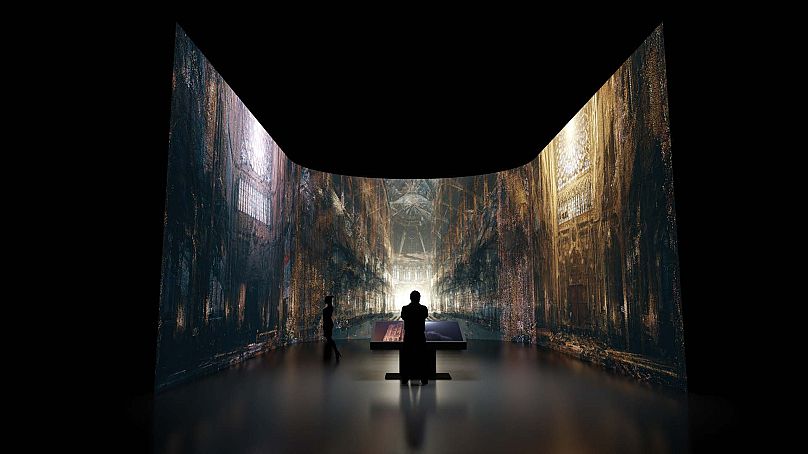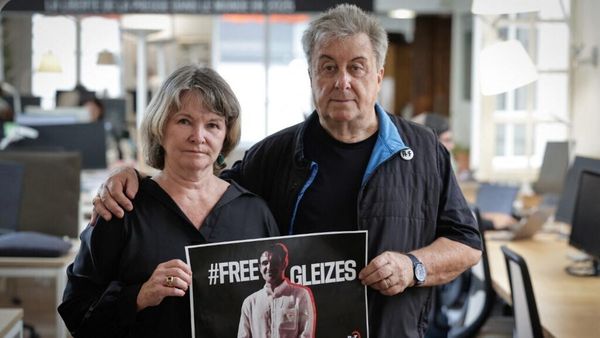
Notre-Dame Cathedral took five years to rebuild after the devastating fire, but a digital duplicate would have been much easier, Microsoft’s president Brad Smith noted last November.
On Monday, he announced that the theory was being put to the test and stated that the Cathedral, built in 1345, would be getting a digital twin.
The digital replica of Notre-Dame is being created with the French culture ministry’s heritage institute and the start-up Iconem. It combines advanced imaging with artificial intelligence (AI) to produce the digital twin.
The aim is to “preserve permanently in digital form every detail of Notre Dame, ensuring that its structure, story, and symbolism are protected and accessible for generations to come,” Brad Smith, the president of Microsoft, said in a blog post.
The digital twin would be donated to the French State and “can be used by preservationists and be displayed in the future Musée Notre Dame de Paris,” he added.
The project will also digitise historic opera sets and millions of artefacts with leading French cultural institutions, such as 1,5000 cinematic model sets from shows at the Opéra National de Paris between 1800 and 1914.

Microsoft the aim is the project is to make the collections accessible to as many people as possible, via interactive experiences on its platform
The precise budget and completion date for the project are not yet known, but Smith told French media that the operation would take at least a year to complete and will probably cost several million dollars.
The project follows a partnership with the Vatican to digitise St. Peter’s Basilica.
Microsoft also announced on Monday that it would expand its innovation centres in Strasbourg to boost the development of Europe’s languages in AI models, especially
underrepresented European languages, to make the technology more inclusive.
Microsoft’s Windows currently includes 90 languages, including the 24 official European languages, as well as Basque, Catalan, Galician and Luxembourgish.
The American company aims to develop its languages and enrich its stock of multilingual data by collecting data from sound recordings left on the GitHub platform.
Microsoft said that it would then host and make the data “broadly accessible” on the platform Hugging Face.
‘The European project’
Microsoft is trying to build its brand in Europe and announced earlier this year a plan called
European Digital Commitments. The company said its aim is to expand AI and cloud infrastructure, strengthen digital resilience and data privacy protections, enhance cybersecurity, and support Europe’s digital sovereignty and broader economy.
However, Europe is also trying to push for its own sovereign cloud infrastructure and is championing its own AI large language models (LLMs) to become less dependent on Big Tech companies.
This includes, for example, multilingual text data from GitHub and voice data sets. MOIC and GitHub will partner with Hugging Face, a popular collaboration platform for AI model development, to host and make the data broadly accessible.







